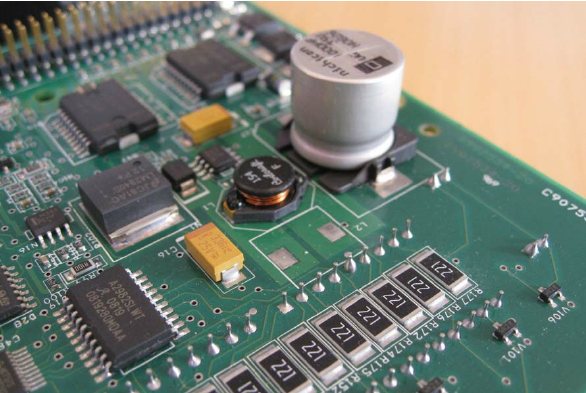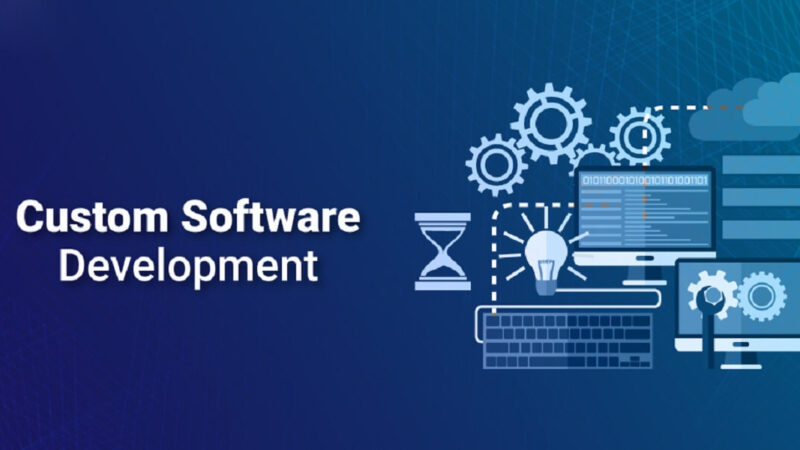Printed Circuit Board Fabrication?

The world of printed circuit board (PCB) fabrication can be daunting to the uninitiated. There are a variety of terms, processes, and materials that all need to be understood in order to produce a high-quality PCB. In this blog post, we’ll take a look at the basics of PCB fabrication, including an overview of the most common processes and materials. By the end, you should have a better understanding of how PCBs are made and what goes into the fabrication process.
PCB Design
PCB Design is the process of creating a Printed Circuit Board. This process starts with creating a schematic of the circuit, which is then used to create a PCB layout. The layout is then used to create the actual PCB. PCBs can be made from a variety of materials, but the most common is FR-4. PCBs are made by etching away copper from a sheet of FR-4, using a chemical process. The remaining copper is then used to create the traces and pads that make up the circuit.
PCB Manufacture
As a subtopic of printed circuit board (PCB) manufacturing, PCB fabrication involves the creation of the physical board itself. This process begins with a bare PCB, which is a sheet of insulating material with a thin layer of metal on top. The metal is usually copper, and it is etched into the desired circuit pattern.
Once the circuit pattern is etched, the PCB is ready for the next stage of manufacturing: adding the components. This is done by soldering the components onto the PCB. Once all the components are in place, the PCB is ready to be used in electronic devices.
PCB Assembly
Printed Circuit Board Assembly, or PCB Assembly, is the process of mounting electronic components to a printed circuit board. This is usually done by soldering the components to the PCB, but can also be done with a variety of other methods.
PCB Assembly can be a complex process, especially when working with a large number of components. In order to ensure that the assembly process goes smoothly, it is important to have a clear and well-defined process in place. Additionally, it is important to use quality components and to have a skilled and experienced team to carry out the assembly.
PCB Testing
There are several methods of testing printed circuit boards (PCBs), including visual inspection, x-ray inspection, and functional testing. PCB testing is important to ensure that the board is free of defects and will function correctly.
Visual inspection is the most common type of PCB testing. This involves looking at the PCB under a microscope to check for any defects. X-ray inspection is also used to check for defects, but it is more expensive and not as common.
Functional testing is used to test the PCB to see if it works correctly. This can be done by using a test fixture or by connecting the PCB to a test system. Functional testing is the most important type of PCB testing, as it can identify problems that cannot be found by visual inspection or x-ray inspection.
PCB Prototyping
There are many different ways to prototype a PCB, but the most common method is to use a process called photo etching. This involves using a light-sensitive film to create a negative of the desired circuit design, which is then used to exposed a copper clad board to UV light. The exposed copper is then etched away, leaving the desired circuit pattern on the board.
This method is quick and relatively inexpensive, making it ideal for prototyping. However, it does have some limitations, such as the need for a clean and dust-free environment, and the fact that it is not possible to create very fine features using this method.
PCB Suppliers
There are numerous PCB suppliers that can be found online and in person. While many businesses will have their own in-house supplier, there are also a number of options for those looking for a PCB supplier. When searching for a supplier, it is important to consider a few factors, such as price, quality, and customer service.
As with any product, the price of PCBs can vary greatly depending on the supplier. While it is important to find a supplier that is affordable, it is also important to make sure that the supplier is able to provide a high-quality product. The last thing you want is to end up with a batch of PCBs that are not up to par.
Quality is always going to be an important factor when choosing a PCB supplier. You will want to make sure that the supplier is able to provide a product that meets your expectations. One way to ensure this is to ask for samples before making a purchase. This way, you can see for yourself if the quality of the PCBs is up to your standards.
Customer service is another important factor to consider when choosing a PCB supplier. You will want to make sure that the supplier you choose is easy to work with and is responsive to your needs. The last thing you want is to be stuck working with a supplier that is difficult to get ahold of or that is unresponsive to your questions and concerns.
When it comes to choosing a PCB supplier, there are a number of factors to consider. By taking the time to consider these factors, you can be sure to find a supplier that is able to provide you with a high-quality product at a price that you can afford.
PCB Prices
When it comes to printed circuit board (PCB) prices, there are a few things you need to know in order to get an accurate quote. The first is the number of layers your PCB will have. The more layers your PCB has, the more expensive it will be. The second is the size of your PCB. The larger your PCB is, the more expensive it will be. The third is the complexity of your PCB. The more complex your PCB is, the more expensive it will be. Finally, the material your PCB is made from will also affect the price.
PCB Repairs
FLEX Printed circuit board (PCB) repairs are performed to fix damaged or malfunctioning PCBs. Common issues that may require repair include physical damage, electrical damage, and manufacturing defects. Depending on the extent of the damage, repairs can be as simple as replacing a damaged component or trace, or as complex as reworking the entire board. In some cases, it may be more cost-effective to simply replace the entire PCB.
PCB Recycling
PCB recycling is the process of recovering waste or unused printed circuit boards (PCBs) and other electronic components from end-of-life electronics. The process involves dismantling the electronic device, separating the PCB from other components, and then breaking down the PCB into smaller pieces to be recycled.
PCBs are found in a wide range of electronics, from computers and mobile phones to TVs and printers. They are used to connect electronic components and are an essential part of the manufacturing process. When PCBs are no longer needed, they can be recycled to save resources and reduce waste.
The recycling process begins by dismantling the electronic device and removing the PCB. The PCB is then separated from other components and broken down into smaller pieces. These pieces are then sorted and cleaned before being sent to a recycling facility.
At the recycling facility, the PCB pieces are shredded and then smelted down to extract the metals. These metals are then used to create new PCBs, which can be used in new electronics. PCB recycling is a great way to reduce waste and save resources. It helps to prolong the life of electronic devices and reduces the need for mining and other activities that can damage the environment.






